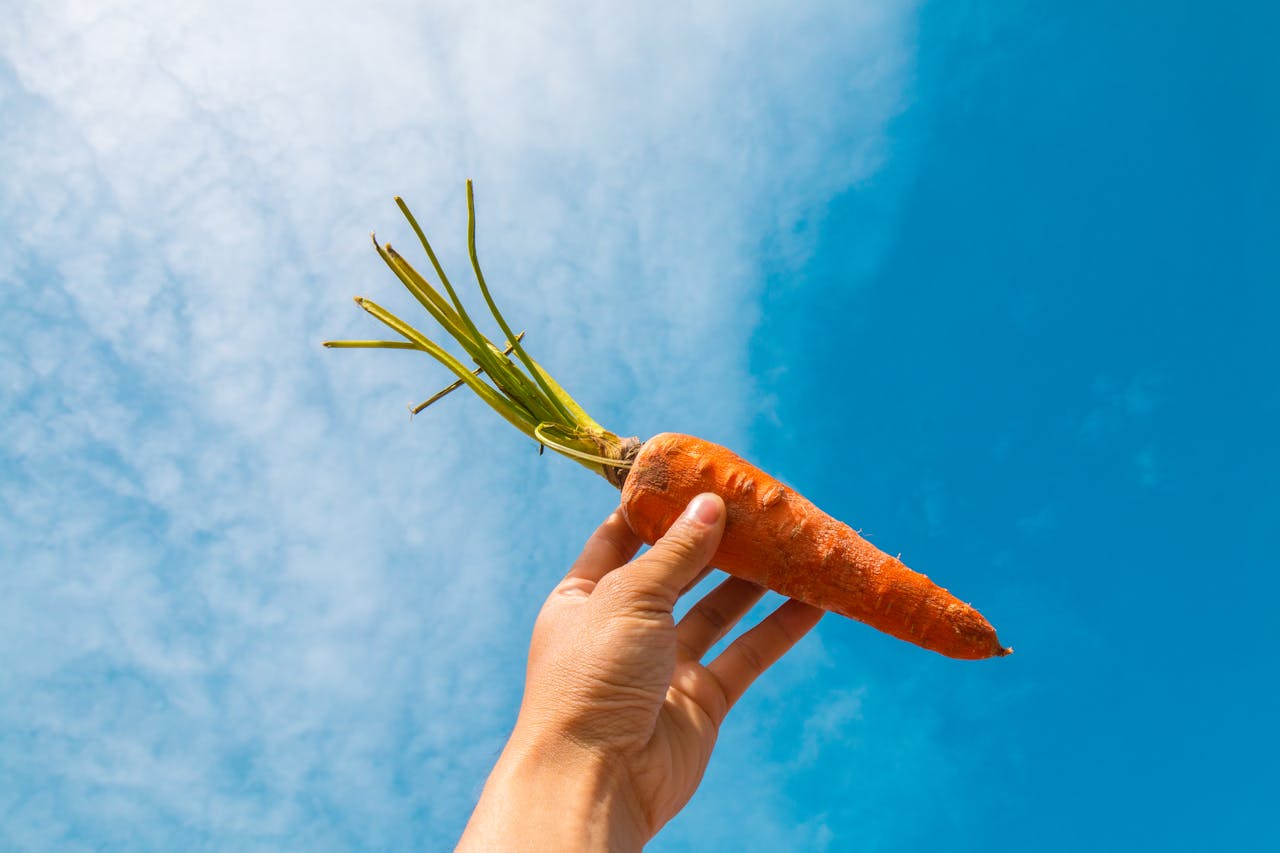How to Grow Carrots: A Comprehensive Guide
Growing carrots can be a rewarding experience, especially when you follow the right steps to ensure optimal conditions for their development. Here’s a detailed guide on how to grow carrots successfully.
Choosing the Right Location and Soil
Carrots are cool-season vegetables that thrive in sunny locations with full sun exposure. They prefer light, fertile, well-drained soils that are rich in organic matter. Avoid soils that are stony, shallow, or heavy clay, as these can lead to stunted or forked roots[2][5].
To prepare the soil, incorporate plenty of organic matter such as compost, but avoid adding it the same year you plan to grow carrots. Instead, add organic matter the year before to prevent the soil from becoming too nutrient-rich, which can cause the carrots to ‘fork'[5].
Soil Preparation
Before planting, conduct a soil test to determine the fertilizer needs. Follow the recommendations from the test report and work the fertilizer into the top 6 inches of soil. If using compost, apply no more than 1 inch of well-composted organic matter per 100 square feet of garden area[1].
Ensure the soil is well-drained and deep enough to allow good root development. For heavy soils, amend them with compost and double dig to improve drainage and root growth[1].
Planting Carrots
Timing
Plant carrot seeds 2-3 weeks before the last frost date in the spring or as soon as the soil is workable. For continuous harvests, sow seeds every 2-4 weeks through mid-summer[1][4][5].
Sowing Seeds
Sow carrot seeds thinly in drills about ¼ to ½ inch deep. Cover the seeds with a thin layer of sieved soil or fine sand to help with stand establishment. Maintain a uniform and moist soil surface to ensure good plant stands[1][5].
Spacing
Space the seeds 2-3 inches apart in the row, with rows 12-18 inches apart. Thinning the seedlings to this spacing is crucial for allowing the carrots to grow to their full size. Dense plantings can help reduce weed pressure, but ensure the carrots have enough space to grow[1][4].
Care and Maintenance
Watering
Carrots need frequent and uniform irrigation to ensure good growth. Avoid water stress, as it can impact the quality of the carrots[1].
Mulching
Once the plants are established, mulch around them to regulate moisture and reduce weeding. This helps maintain a consistent soil environment[4].
Pest and Disease Control
Protect the seedlings from pests like slugs and snails. Regularly inspect the plants for signs of insect and disease issues and take control measures as necessary[1][5].
Harvesting
Carrots are ready to harvest when the leaves reach full size. To check the size of the carrots without damaging them, gently move the soil around the top of the carrot. However, it’s best to dig and test one carrot first to ensure they are ready. Use a spade to loosen the carrots out of the ground to avoid breaking the roots. Remove the tops immediately after harvest to prevent moisture loss from the roots[1][4].
Growing Carrots in Containers
If you have limited space or poor soil, growing carrots in containers is a viable option. Use deep containers with a minimum depth of 30cm filled with sifted garden soil or a loam-based compost. Round-rooted or dwarf carrot varieties are ideal for shallow containers, or you can harvest longer types early before they reach the bottom of the pot[2][5].
Most Important Facts About Growing Carrots
- Soil Preference: Carrots thrive in light, fertile, well-drained soils rich in organic matter. Avoid stony, shallow, or heavy clay soils[1][2][5].
- Planting Time: Plant seeds 2-3 weeks before the last frost date in the spring or as soon as the soil is workable. Succession sow every 2-4 weeks for continuous harvests[1][4][5].
- Sowing Depth and Spacing: Sow seeds ¼ to ½ inch deep, 2-3 inches apart in the row, with rows 12-18 inches apart[1][4][5].
- Watering and Mulching: Ensure frequent and uniform irrigation. Mulch around established plants to regulate moisture and reduce weeding[1][4].
- Pest and Disease Control: Protect seedlings from pests and regularly inspect for signs of insect and disease issues[1][5].
- Harvesting: Harvest when the leaves reach full size, using a spade to avoid damaging the roots. Remove the tops immediately after harvest[1][4].
- Container Growing: Use deep containers with suitable compost for growing carrots, especially if soil conditions are poor[2][5].


